01/6What is fatty liver disease?

The liver is responsible for more than 500 functions in the body. Any complications involving the liver can be detrimental for your overall health.
Fatty liver disease is caused by a buildup of excess fat in the liver. In its early stages, fatty liver disease may not show any symptoms and can go undetected, worsening your liver health.
02/6What is cirrhosis?


The longer fatty liver goes untreated, the more inflamed it becomes. This can result in cirrhosis - which is the most advanced stage of fatty liver disease. Advanced cirrhosis can be life-threatening. It is important to be aware of any warning signs that may strike due to advanced fatty liver disease. However, it is also possible that cirrhosis may not show any symptoms until liver damage is severe.
Here are 3 signs that can appear on your hands.
03/63 signs on your hands


Almost all the blood in your body is filtered through the liver. According to the Mayo Clinic, following are the warning signs of advanced fatty liver disease on you hands:
- Redness in the palms of the hands due to dilated blood vessels.
- As your liver struggles to function, your nails might turn white in color, especially of the thumb and index finger.
- Clubbing of the fingers – the fingertips spread out and become rounder than usual. This happens because the blood vessels that transport oxygen don't work well.
04/6Other symptoms of cirrhosis


Apart from warning signs on your hands, there are several other symptoms of cirrhosis. These include:
- Fatigue
- Easily bleeding or bruising
- Loss of appetite
- Nausea
- Swelling in the legs, feet or ankles
- Weight loss
- Itchy skin
- Jaundice
- Fluid accumulation in the abdomen
- Spider-like blood vessels on the skin
05/6Can cirrhosis be treated?


The liver damage at this advanced stage generally can't be undone through treatment. However, if liver cirrhosis is diagnosed early and the underlying cause is treated, you may be able to limit further damage.
Read more: Guaifenesin, Indian cough syrup, found to have contaminants: WHO
06/6Risk factors of fatty liver disease


Apart from being aware of the signs of fatty liver disease, it is also important to make note of factors that increase your risk of developing this condition. These include being obese or overweight, having type 2 diabetes, insulin resistance, underactive thyroid, high blood pressure, high cholesterol, having metabolic syndrome (a combination of diabetes, high blood pressure and obesity), being over the age of 50, and lastly, smoking.
Read more: Fatty liver disease and its types (and how the symptoms differ)






































































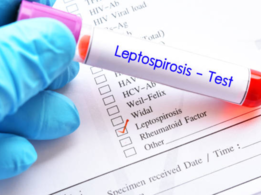

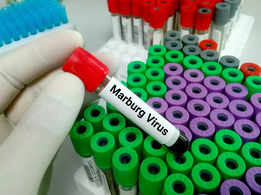

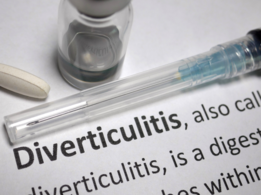
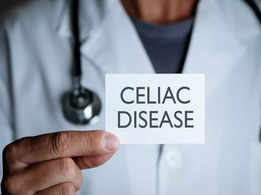
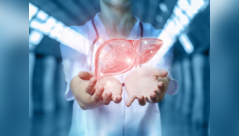































closecomments
SIGN IN WITH
FacebookGoogleEmail